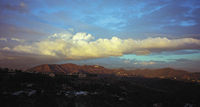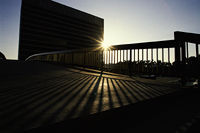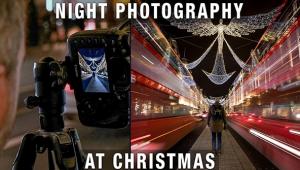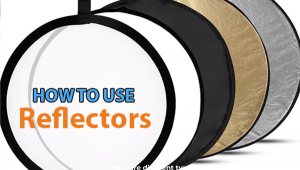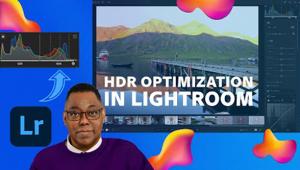Photographic Super Course: The Art of Seeing
|
All photos by Mike Stensvold unless otherwise stated.
It's probably true that real artists are born, not made. But there is a lot anyone can do to make his or her photographs more interesting, and the tips on these pages should help you improve yours. Seeing is the fun part of photography. You do need to know the technical stuff, to assure that what you see shows in your photos, but it's going out and exploring the world with your camera that makes photography such a joy. However, if your shooting strategy consists mainly of "oh that's great click...oh that's neat click," you're likely missing a lot, and your photos probably show it. There are some things you should think about when you shoot. At first, you'll have to make a point of thinking about them, but the more you do so, the more they'll become second-nature, and before long, you'll be dong them subconsciously as you shoot. And your photos will be much better for it. In this first "Master Class" presentation, we'll show you some things photographers think about when they shoot. If you think about them when you shoot, you'll get better photos. It's that simple! When we make photographs, it's generally because something we saw and felt moved us to make them. And a truly successful photograph causes the viewer to see and feel something when he or she views it: perhaps what the photographer saw and felt when making the shot, or perhaps something unique and personal to the viewer. Your photos won't always invoke in viewers what you saw and felt as you made them, because the viewers aren't you. But there's nothing wrong with that. The test is: Did the photograph cause the viewer to see and feel something? When you see photographs you like, think about why you like them. Most likely it's because of what you see and feel when you view them. Why don't you like other photos? Because they either disturb you (which might well mean they have accomplished their maker's purpose), or far worse, because they don't cause you to feel anything. Like other artists, the photographer has a goal: to produce a reaction in the viewer. Photographs can call attention to conditions that need attention (the role of the photojournalist), sell products (the role of the advertising photographer), or "just" bring a little beauty into the viewers' lives (the role of the fine-art photographer). In any event, the photographer's job is to use his/her skills and background to create images that attract the viewer through his/her experiences and background. Photographers have a number of tools to help them accomplish their mission. Choice of camera, color or monochrome, film or digital, filters, exposure, shutter speed, aperture/depth of field, horizontal or vertical format (or square); lens focal length, shooting distance and perspective; lighting, special processing or digital post-shoot adjustments. But your most important photographic tool is your "eye." By the way, post-shooting efforts (conventional or digital) are legitimate. Even Ansel Adams used filters and non-standard exposures when he shot, altered development when he processed his film, and dodged and burned when he made the prints. He realized what all great artists realize: What matters is the final image, not how you got there. (The one caveat here is that you should never try to pass off a manipulated image as a straight one—if the photo is art, anything goes; if it's scientific or journalistic, it should be "honest.") Before we get into the "meat," some advice: First, don't get discouraged if not all of your shots meet your expectations. No one shoots nothing but great shots—not even the big-name all-time greats. The photographers who work carefully with large-format cameras generally get a higher percentage of "keepers" than users of 35mm cameras, by working slowly and carefully (they'd better—a single sheet of 8x10 film costs more than a 36-exposure roll of the same film in 35mm!), but even Ansel Adams and his compatriots missed sometimes. Second, don't be afraid to try new things—some will work, more won't, but that's how you learn. Try it, examine the results, and apply what you learn. (And just because the photo isn't an award-winner, doesn't mean it has no value—it could be very meaningful to you). Finally, don't forget that you do photography because it's fun. Going out and looking and discovering and figuring out how to record your vision are the point. Sure, it's great to come back with great pictures, but photography is not just a means to an end; it's an end in itself. Enjoy it! |
- Log in or register to post comments



